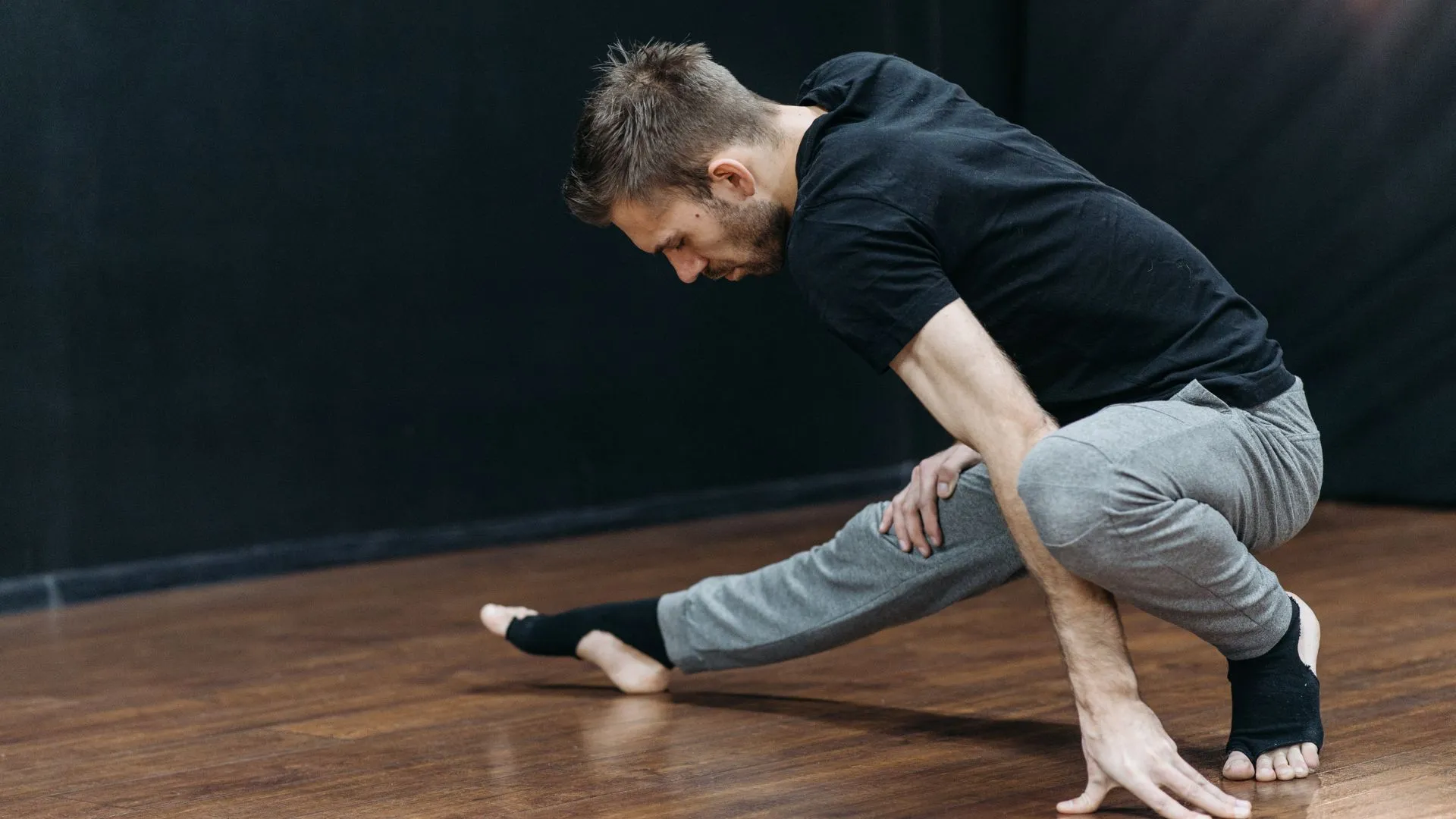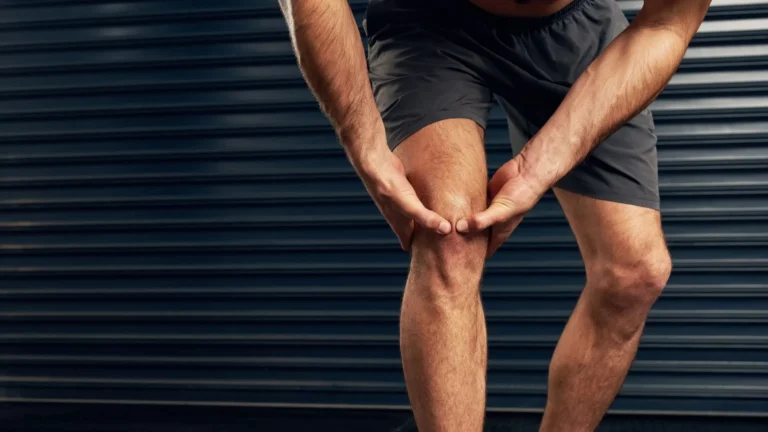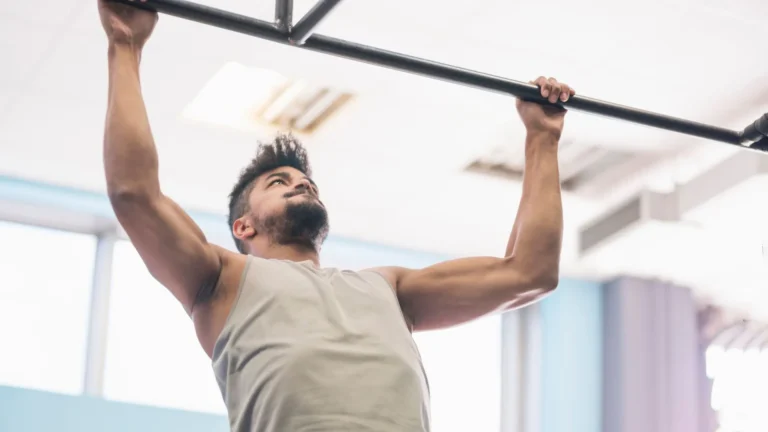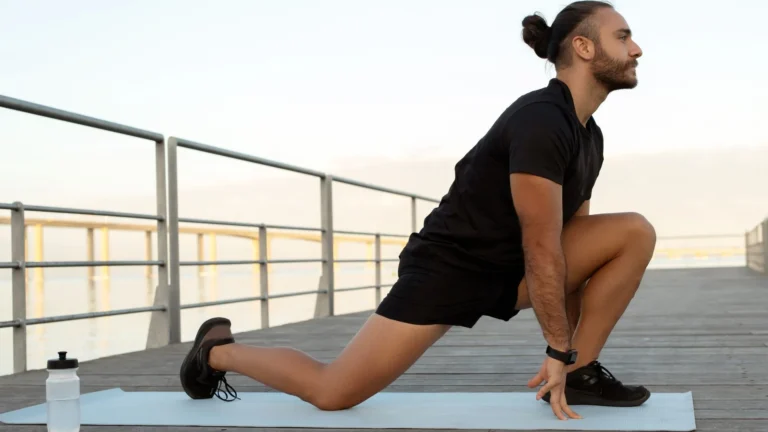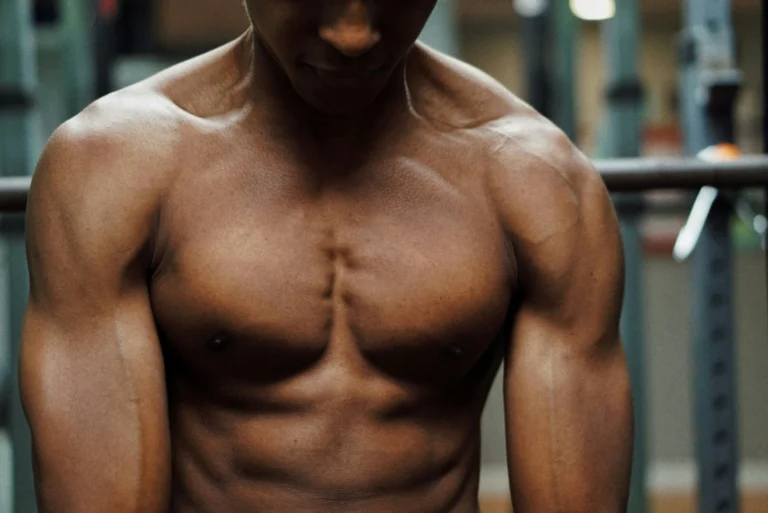Leg Routine Calisthenics: 5 Explosive Power Moves to Skyrocket Strength
Unlock the Power in Your Legs – No Gym Required
You’ve probably heard it before: “Never skip leg day.” But when you’re diving into calisthenics, it can be tempting to focus only on flashy upper-body moves. Here’s the reality—your lower body is your foundation. Without strong, explosive legs, your overall athletic performance suffers. That’s where a dedicated leg routine calisthenics program comes in. Not only does it help you build raw strength and power, but it also enhances balance, coordination, and functional control.
If you’ve ever felt like bodyweight training can’t develop your legs, you’re not alone. The truth is, you can unleash incredible strength and speed using nothing but your own body. In this guide, you’ll discover five explosive bodyweight drills that make your leg routine calisthenics incredibly effective—all without stepping foot in a gym.
Why You Need a Calisthenics Leg Routine
The Role of Lower Body Strength
Your legs do more than help you walk. They’re involved in virtually every physical task you do. A solid leg routine calisthenics program enhances:
- Stability during compound moves like pull-ups and muscle-ups
- Explosive movement, such as sprinting or jumping
- Core engagement through lower-body balance training
Strong legs also reduce your risk of injury. When you develop strength in your quads, hamstrings, and glutes, you create a stable base that supports your entire body.
Why Calisthenics Over Weights?
Calisthenics provides something unique: it teaches you to master your body. While lifting weights can build strength, leg routine calisthenics teaches control, endurance, and functional power. You’re not just moving a bar—you’re moving your body. This results in:
- Better muscle coordination
- Joint-friendly progressions
- Full-body integration
Plus, there’s no need for gym access. You can train anywhere, anytime.
Warm Up Right: Preparing for Explosive Movement
Jumping straight into intense leg drills without a proper warm-up is asking for trouble. Prepping your body is critical.
Dynamic Warm-Up (5–7 Minutes)
- Jumping jacks – 1 minute
- Leg swings (forward/backward and side-to-side) – 20 reps per leg
- Walking lunges – 10 reps per side
- High knees – 30 seconds
- Bodyweight squats – 15 reps
This routine activates your muscles, raises your heart rate, and increases joint mobility—all crucial for your leg routine calisthenics.
5 Explosive Bodyweight Drills for Stronger Legs
Now it’s time to dive into the meat of your leg routine calisthenics. These five exercises are carefully chosen for power, balance, and full-leg activation.
1. Jump Squats
This isn’t just a squat with a hop. Jump squats activate your fast-twitch muscle fibers, making them essential for developing explosive power.
- Start with feet shoulder-width apart
- Lower into a squat
- Explode upward, jumping as high as possible
- Land softly, immediately going into the next rep
Tip: Keep your knees slightly bent upon landing to absorb the impact.
Progressions:
- Air squats
- Jump squats
- Tuck jumps
2. Bulgarian Split Squats (Bodyweight)
These are perfect for building unilateral strength, which means training one side of your body at a time.
- Place your rear foot on a raised surface
- Lower your body until your front thigh is parallel to the floor
- Push through the heel to return to the top
Focus: Keep your torso upright and your front knee behind your toes.
Benefits: Improves balance and addresses muscle imbalances—a key focus in your leg routine calisthenics.
3. Skater Jumps
Skater jumps mimic the lateral push-off in sprinting and skating, developing hip stability and control.
- Jump laterally from one foot to the other
- Land softly and with control
- Keep your chest up and back flat
Why it works: This move increases coordination and strengthens the hip stabilizers, often overlooked in training.
4. Pistol Squats
This single-leg squat targets every major muscle in your leg while demanding balance and mobility.
- Extend one leg forward
- Slowly lower into a squat on the standing leg
- Keep your chest upright
- Press through your heel to rise
Modify using:
- Wall or chair assistance
- Counterweights (holding a light object for balance)
Pistol squats are the holy grail of leg routine calisthenics for lower body control.
5. Broad Jumps
Use broad jumps to build horizontal power, useful in sprinting, jumping, and functional tasks.
- Stand with feet shoulder-width
- Swing your arms and leap forward
- Land with knees slightly bent
Track your distance: This is a fun way to measure improvement over time.
Weekly Sample Plan: Calisthenics Leg Focus
Here’s how to structure your weekly leg routine calisthenics program for optimal growth:
| Day | Drills |
|---|---|
| Monday | Jump Squats, Skater Jumps |
| Wednesday | Bulgarian Split Squats, Broad Jumps |
| Friday | Pistol Squats, Skater Jumps, Broad Jumps |
Structure:
- 3 sets per drill
- 8–12 reps (per leg or total)
- 60 seconds rest between sets
Progressively increase reps or reduce rest times to push your limits.
Recovery and Nutrition for Muscle Gains
Recovery Essentials
- Prioritize sleep (7–9 hours)
- Foam roll tight muscles post-workout
- Incorporate mobility drills on rest days
Post-Workout Nutrition Table
| Ingredient | Purpose | Examples |
| Protein | Muscle repair | Eggs, chicken, Greek yogurt |
| Complex Carbs | Energy restoration | Sweet potatoes, oats |
| Healthy Fats | Hormone support | Nuts, olive oil, avocado |
| Water | Hydration | Plain water, coconut water |
Refuel within 30 minutes post-session for maximum recovery.
Tracking Progress the Smart Way
Stay accountable with a simple system:
- Log your reps, sets, and rest time
- Note jump height or distance
- Record how you feel each session
This data will help you tailor your leg routine calisthenics for better performance over time.
Common Mistakes You Must Avoid
- Skipping warm-ups
- Letting form slip for more reps
- Avoiding single-leg movements
- Not following a structured plan
- Ignoring recovery
Avoid these to get the best results from your leg routine calisthenics.
FAQ – Leg Routine Calisthenics
Can you build leg muscle with only bodyweight exercises?
Absolutely. If you focus on intensity, volume, and progression, leg routine calisthenics can build impressive muscle.
How often should I train legs using calisthenics?
Aim for 2–3 sessions weekly. Include rest days in between.
Are pistol squats beginner-friendly?
They’re challenging, but beginner-friendly variations make them accessible.
Will calisthenics legs improve athletic performance?
Yes. These drills enhance power, speed, agility, and coordination.
Final Thoughts: Unleash the Power in Your Legs
Don’t let the myth fool you—you can absolutely develop explosive, strong legs with just your body. Your journey with leg routine calisthenics starts with a decision to commit. It’s about mastering movement, understanding your body, and pushing past limits.
Start today. Track your results. Feel the change in every step, jump, and stride.
Ready to power up your training? Bookmark this guide and make your next leg day count.

